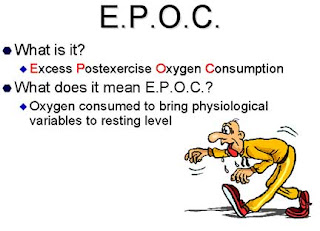 What is a Fixed-Gear Bicycle, and Why Would You Want One?
What is a Fixed-Gear Bicycle, and Why Would You Want One?Thought i would share some light into my new found passion.
The oldest and simplest type of bicycle is the "fixed-gear" bicycle. This is a single-speed bike without a freewheel; that is, whenever the bike is in motion, the pedals will go around. You cannot coast on a fixed-gear machine.
Any enthusiastic cyclists ride such bicycles by choice, at least part of the time. Why would anybody do that? It is not easy to put into words. There is an almost mystical connection between a fixed-gear cyclist and bicycle, it feels like an extension of your body to a greater extent.
Fixed for Fun
When you ride a fixed gear, you feel a closer communion with your bike and with the road. There is a purity and simplicity to the fixed-gear bicycle that can be quite seductive. Somehow, once you get past the unfamiliarity, it is just more fun than riding a bike with gears and a freewheel!
Fixed for Fitness and Form
Riding a fixed gear on the road is excellent exercise. When you need to climb, you don't need to think about when to change gears, because you don't have that option. Instead, you know that you must just stand up and pedal, even though the gear is too high for maximum climbing efficiency. This makes you stronger.
If you have the option of gearing down and taking a hill at a slow pace, it is easy to yield to the temptation. When you ride a fixed gear, the need to push hard to get up the hills forces you to ride at a higher intensity than you otherwise might. Really steep hills may make you get off and walk, but the hills you are able to climb, you will climb substantially faster than you would on a geared bicycle.
When you descend, you can't coast, but the gear is too low. This forces you to pedal at a faster cadence than you would choose on a multi-speed bicycle. High-cadence pedaling improves the suppleness of you legs. High rpm's force you to learn to pedal in a smooth manner, if you don't, you will bounce up and down in the saddle.
Most cyclists coast far too much. Riding a fixed-gear bike will break this habit. Coasting breaks up your rhythm and allows your legs to stiffen up. Keeping your legs in motion keeps the muscles supple, and promotes good circulation.
Join the Movement Efects team and go fixie!!!!!


